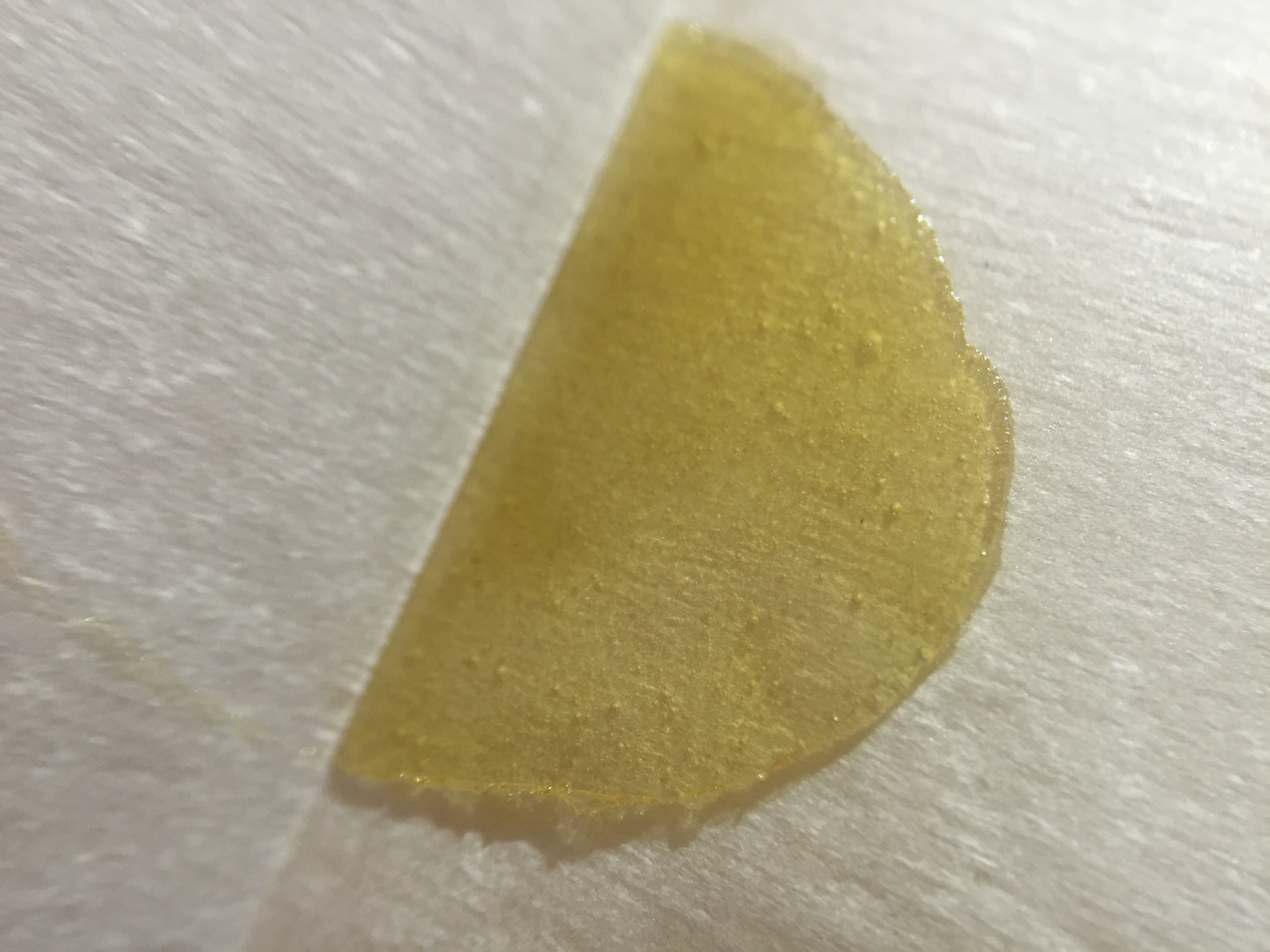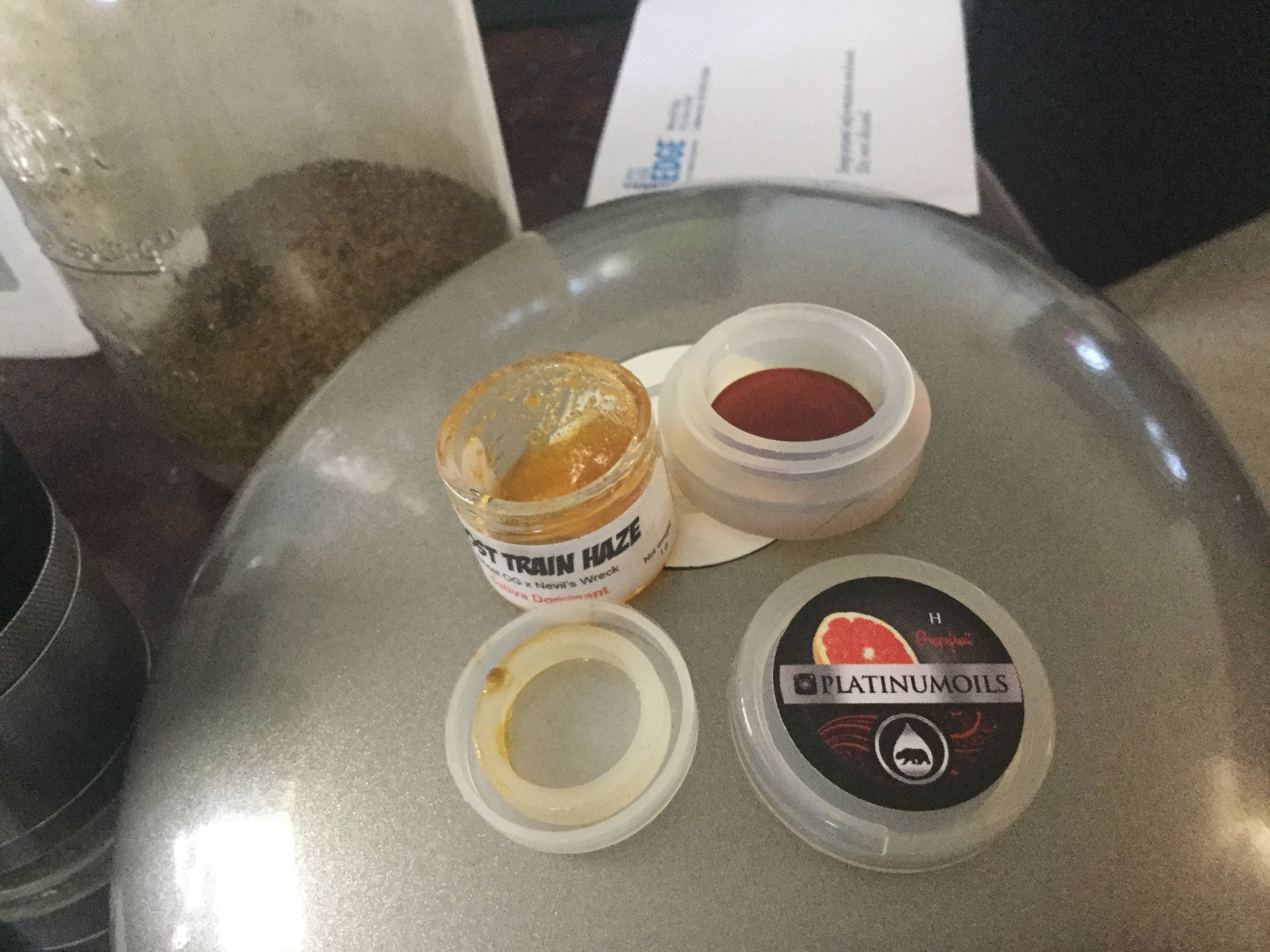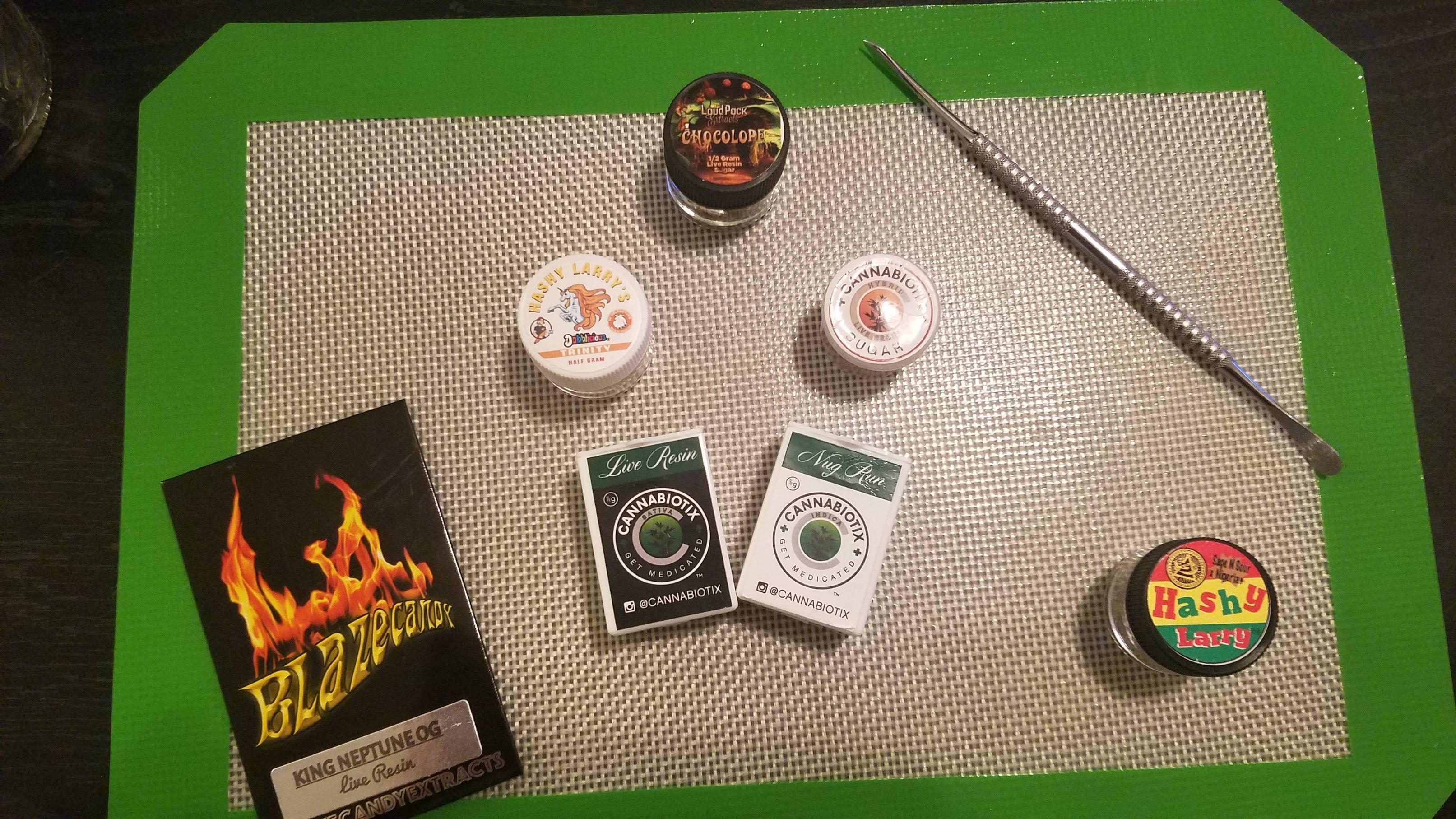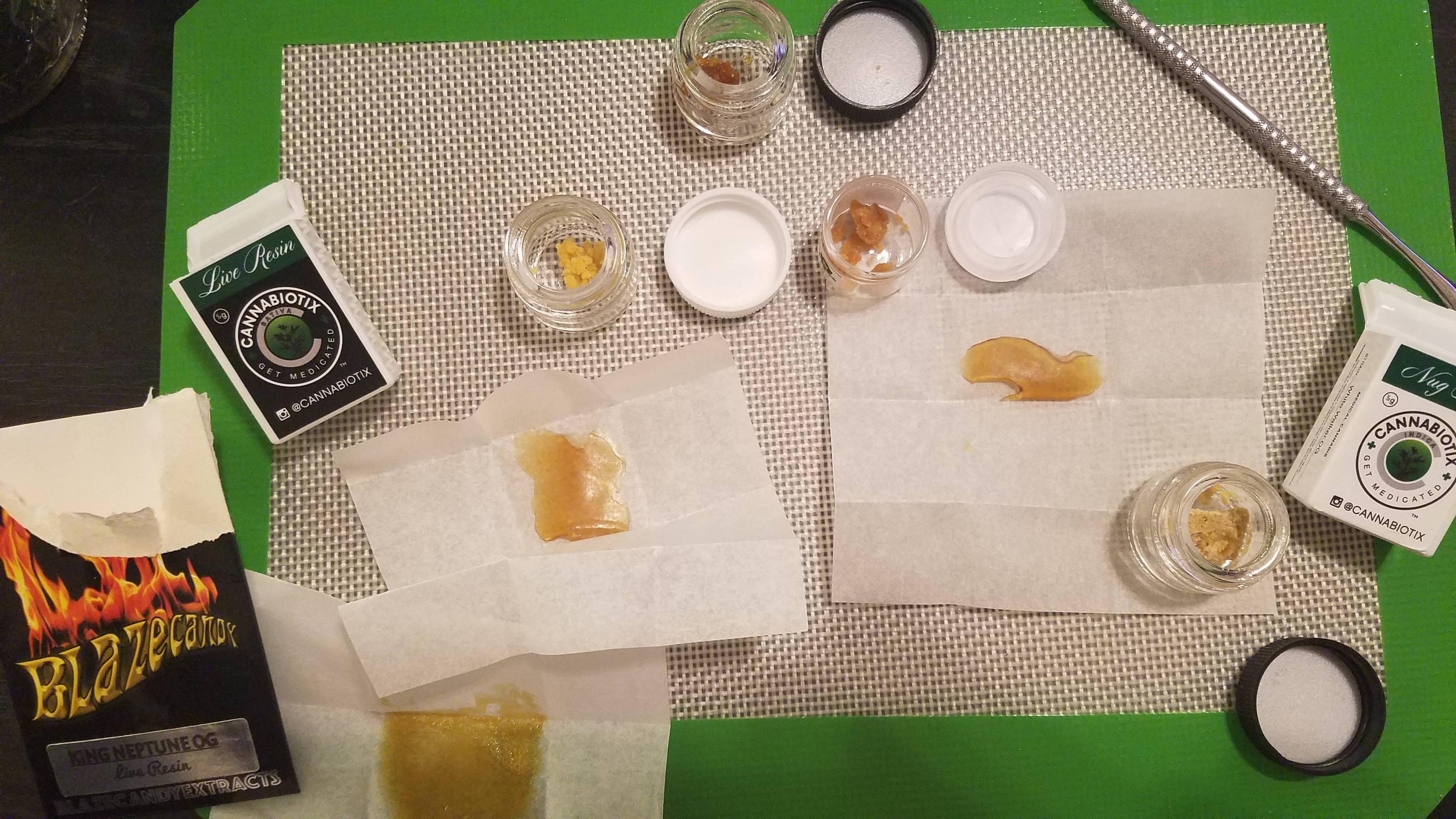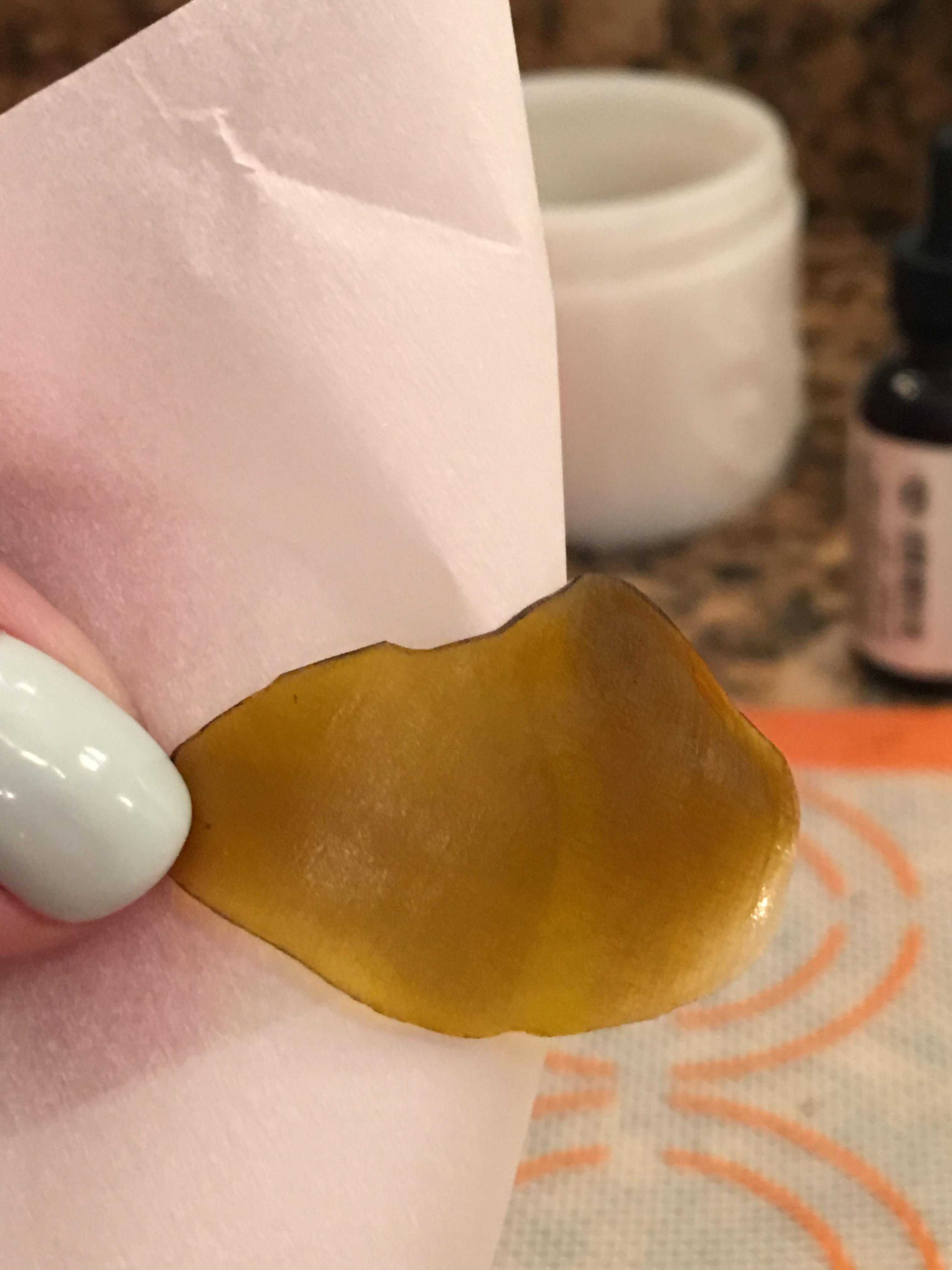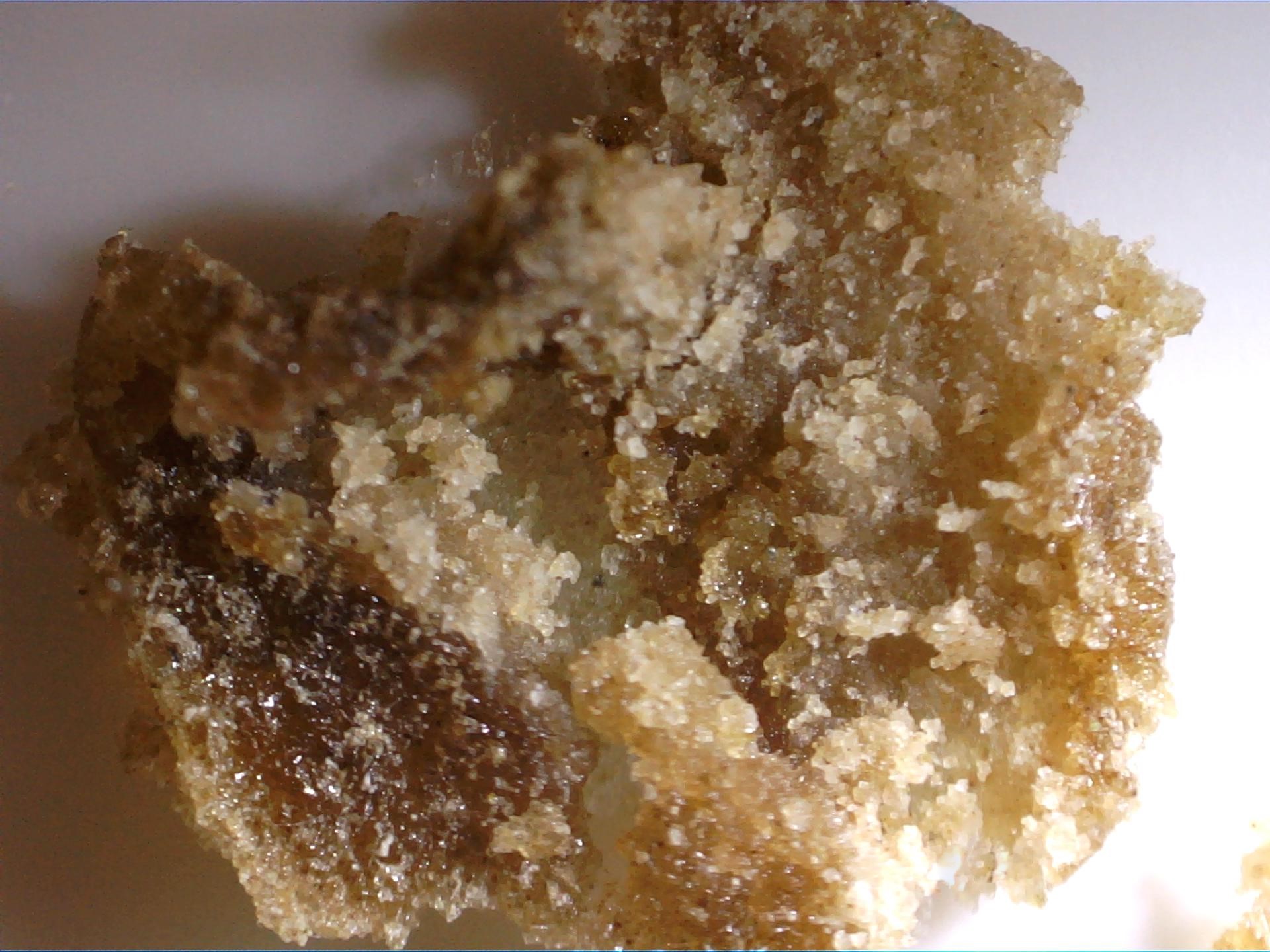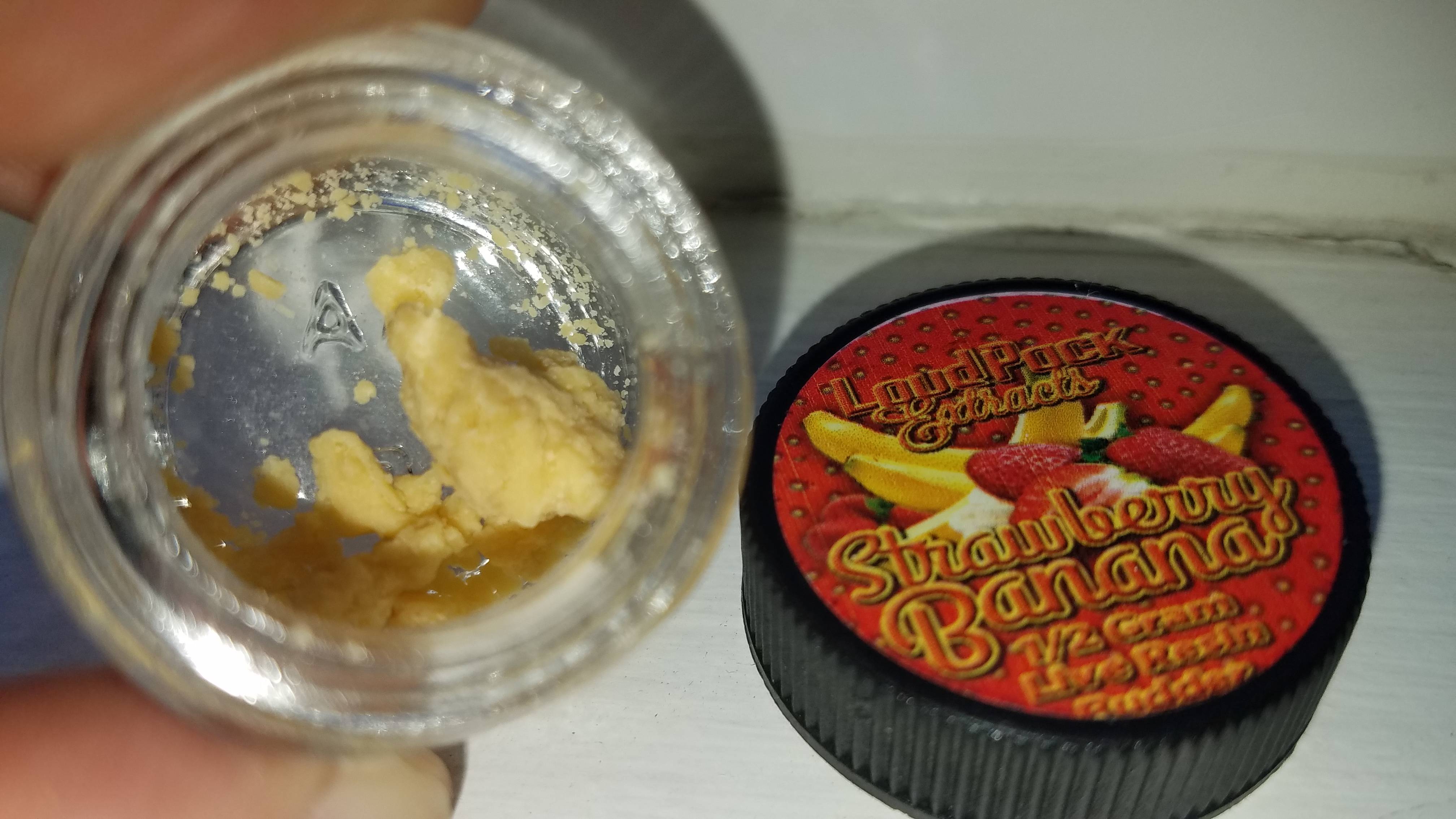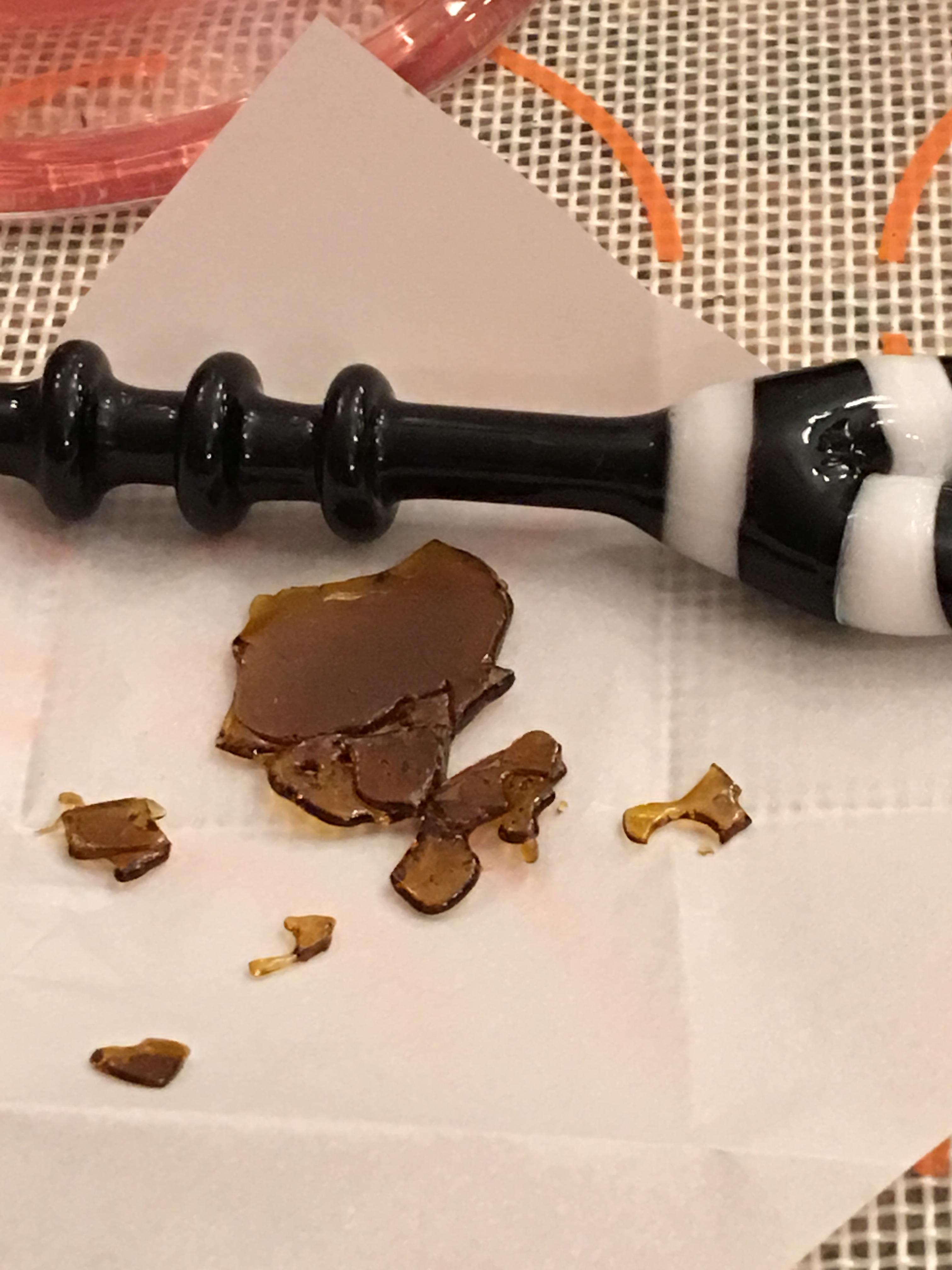I'm about 99% sure Loud Pack only does BHO and distillate, and that sure isn't distillate lol. That one is "live resin budder" so it's def. BHO. Their regular ol' shatter is real good too.
lol yup that sure ain't no distillate! Definitely looking like BHO then. That consistency is really nice looking.
I am also fascinated to see other material being produced lately (not the strawberry banana above, which is different again but looks wonderful!) that looks like full melt but more orange in color (rather than the white/brown/yellow/pink colors I tend to see in full melt bubble) using solvents! Sky high terpene concentrations too, one such extract that I saw had >20% total terpenes in the extract!
However, what I have seen in some examples is that the extract artists (including at least one very prominent extract artist doing some cutting edge stuff!) in question have used petrochemical solvents that are not necessarily safe for extraction purposes.
Fossil fuel fractional distillate based solvents (hexane, cyclohexane etc) include some very useful nonpolar solvents for extracting very clean essential oil from cannabis and for some of the more advanced separation techniques for use with cannabinoids, as well as in some methods of analytical chemistry for product testing purposes (HPLC is one prominent example!).
However, it is very difficult for some of these solvents to be isolated completely from other petrochemical distillates that come along when they are manufactured from fossil fuel sources. For example, cyclohexane and benzene tend to be distilled out of fossil fuels together, and are quite difficult to separate through cheaper methods such as fractional distillation alone, google this one to find a bunch of scholarly literature explaining why. Those of you who know about benzene know that this is one of the nasty carcinogens in cigarette smoke.
People who get test results/COAs for your meds (and please, if you can get tested meds - do!), if you see residual solvent tests have been done - look at the cyclohexane/benzene results. I know that most of us understand by now that very low ppm of certain solvents is no problem at all. Not so in this case.
The OSHA are very clear in particular about benzene. 1ppm is the maximum for atmospheric exposure, let alone direct inhalation. 300ppm is the max OSHA exposure for cyclohexane by comparison.
The devil is in the detail. Cyclohexane is a solvent that depending on the grade purchased can frequently contain ~.01% of benzene. This is due to the abovementioned difficulty in separating the two. Cyclohexane that is completely free of benzene costs a lot of money!
.01% is 1 part per 10,000. Far too much benzene is present here to be putting into something that will be directly inhaled unless it can be completely removed, and separate analytics must be carried out specifically testing for residual benzene. If an extract artist has used cyclohexane, simply purging to low ppm is not satisfactory where conventional test labs do not distinguish between cyclohexane and benzene in residual solvent tests.
Instead, were I in the extract artist's shoes, I'd be demanding independent testing of each batch of relevant solvent before use using an appropriate, compliant analytical lab.
Any individual products that were manufactured using such solvents would need to be tested with greater rigor, distinguishing between cyclohexane and benzene and demonstrating beyond a shadow of a doubt that there is <1ppm of benzene present (this will no doubt cost more $$$ than even the most thorough of conventional testing for other common solvents), in addition to safe levels of any other residual solvent and the rest of our normal safety concerns.
If you get test results that have >1ppm of 'cyclohexane/benzene' (there is no distinction between these two solvents given in COAs by major testing labs such as SClabs), demand more info for your health's sake or failing that, choose something else

Obviously, I have specific example/s in mind that have raised this thought. However, I don't want to name names, but rather address this warning/explanation to everyone generally so we know to look out for this one. This is not a comment on my bro
@waxdab23 's strawberry banana specifically, which on the info I have is not likely to be one of these cases. However it had a delicious look to it that reminded me that some other wonderful looking extracts can carry the above risks.
